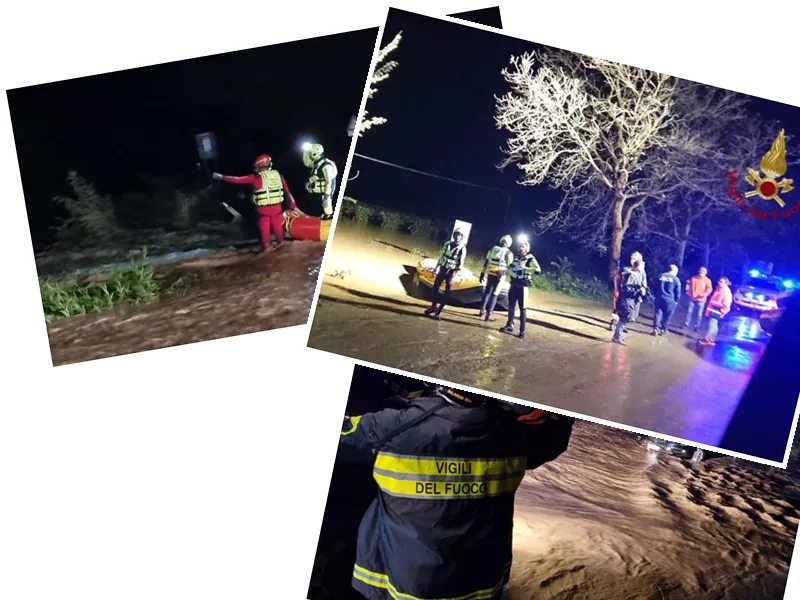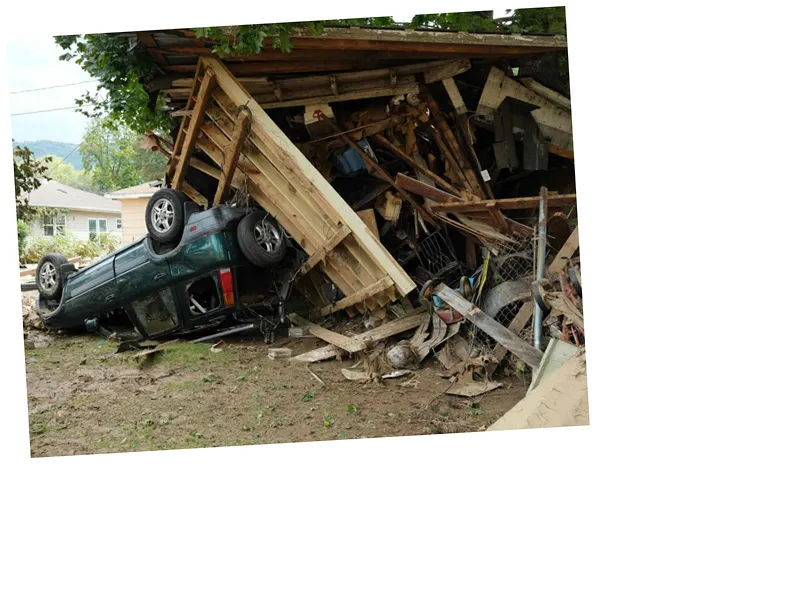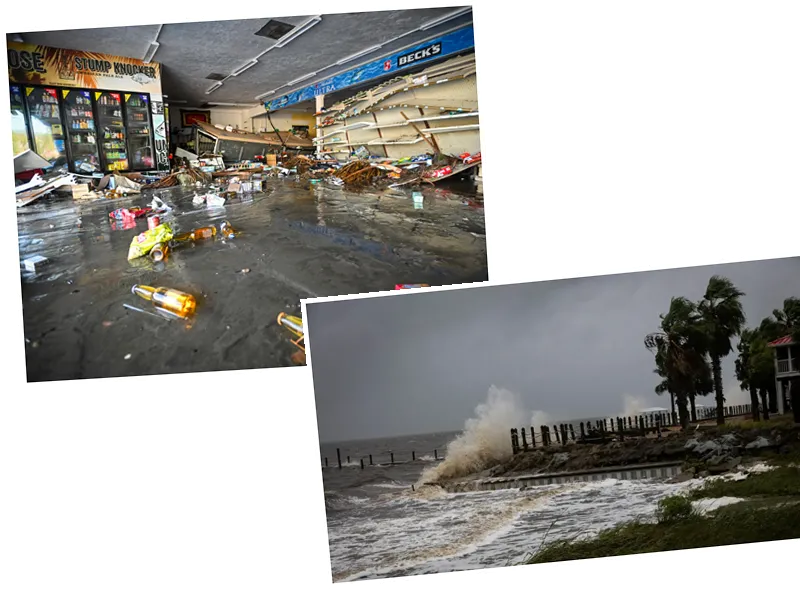The storm's impact highlights the increasing frequency and severity of extreme weather events in Spain, raising concerns about climate change and its implications for public safety and infrastructure resilience.
The response from the Spanish government, including the activation of a crisis unit and deployment of military resources, reflects the seriousness of the situation and the need for coordinated emergency management in the face of natural disasters.
Social media has played a crucial role in facilitating communication and rescue efforts, as trapped individuals reached out for help and shared real-time updates on the unfolding crisis.
As the storm continues to affect the region, further rainfall is expected, which may exacerbate the flooding and complicate rescue efforts.
Authorities may implement more stringent emergency response protocols in the future to improve communication and preparedness for similar weather events.
The long-term effects of this disaster could lead to increased investment in infrastructure upgrades and disaster preparedness programs in vulnerable regions of Spain.
Spain is currently facing a catastrophic storm that has resulted in over 50 fatalities and many missing individuals, particularly in the Valencia region. The storm, characterized by torrential rains exceeding 300 liters in just five hours, has led to severe flooding, infrastructure damage, and a state of emergency across multiple provinces including Valencia, Castilla La Mancha, and Andalusia.
The extreme weather phenomenon, known as DANA (Isolated Depression at High Levels), has overwhelmed emergency services, causing the 112 emergency line to collapse and prompting widespread rescue operations involving helicopters and military units. The Spanish government has deployed over a thousand soldiers to assist in relief efforts, while public services, including schools and transportation, have been significantly disrupted.
Witnesses have shared harrowing images on social media, depicting the devastation caused by the storm, from submerged cars to individuals stranded on rooftops. The regional government issued an unprecedented alert advising residents to stay indoors, although there were reports of delays in the notification system, contributing to the chaos.





